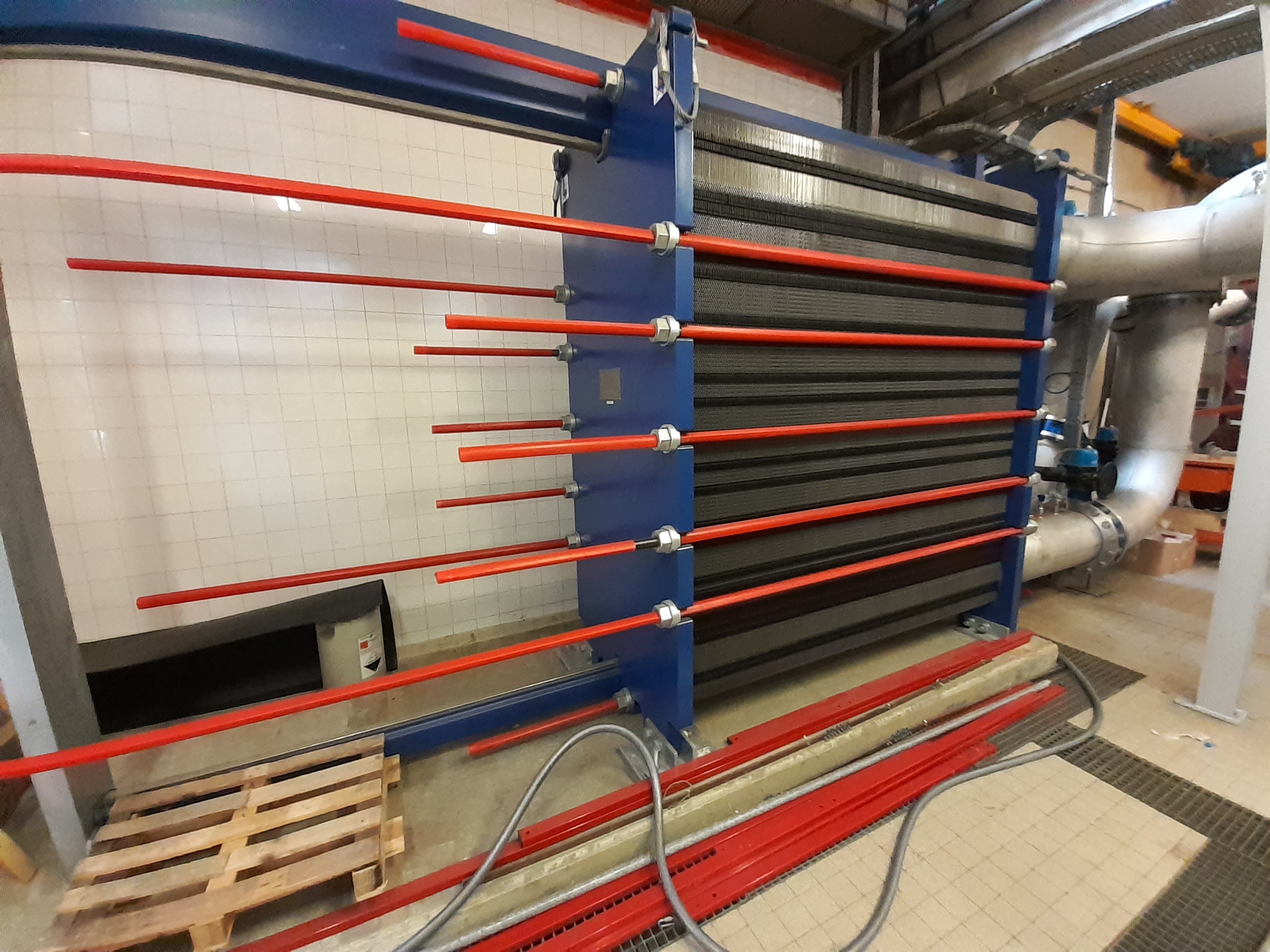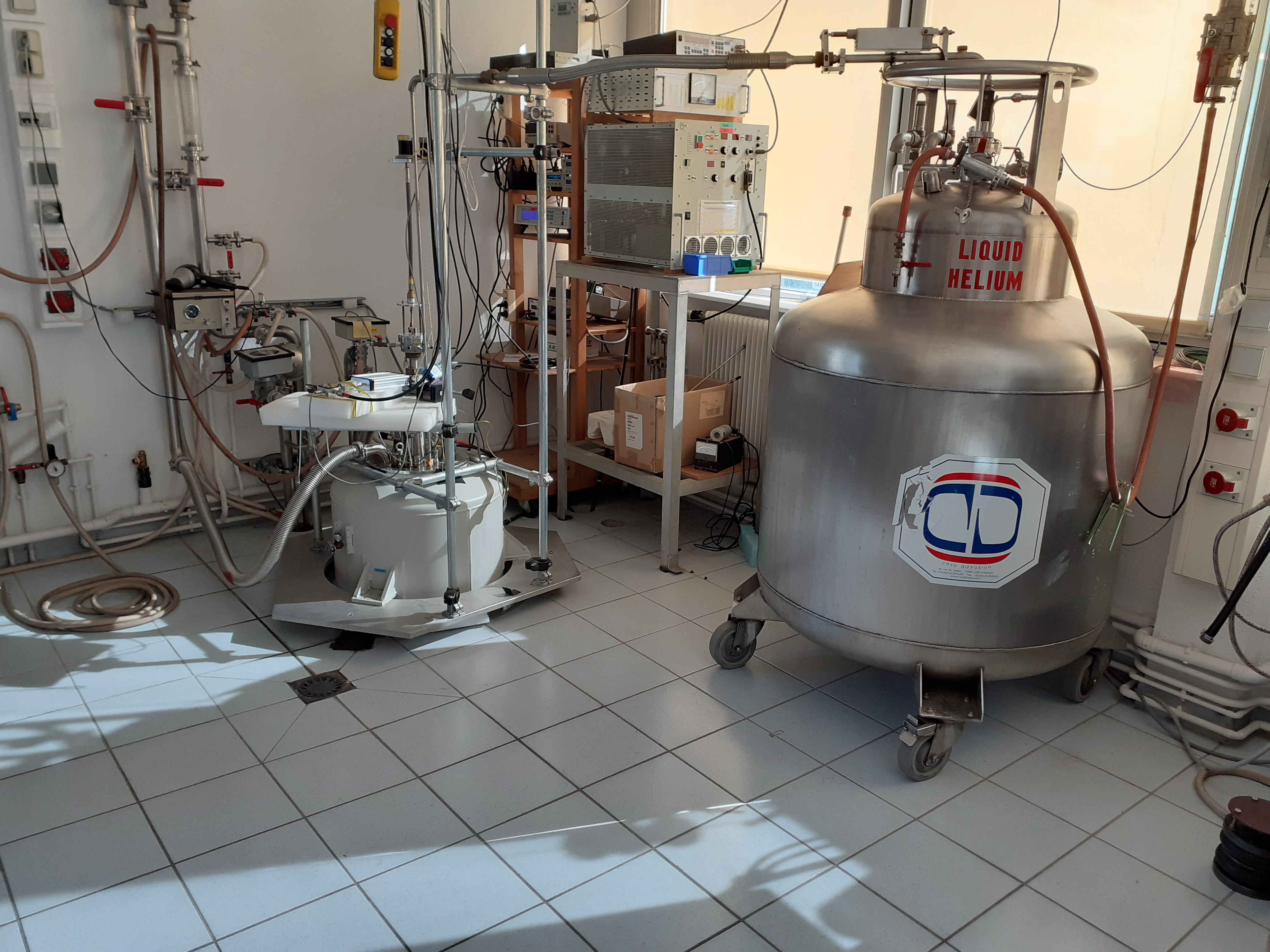Transient Heat Problem
This section presents the Heat Equation and the associated test cases:
-
General Case : Presentation of heat equation in cartesian coordinates
-
Test Case Static : Presentation of test case of heat equation in static case
-
Test Case : Presentation of test case of heat equation in static case
-
-
Axisymmetrical Case : Presentation of heat equation in axisymmetrical coordinates
-
Test Case Static : Presentation of test case of heat equation in static case
-
Test Case : Presentation of test case of heat equation in static case
-
The temperature is a constraint to make electro-magnets :
For resistive magnet : the Joule’s Effect disspates a part of electric energy to heat. This heat increases the temperature of matters and can melt or broke it, like in this photo :

Broken Helix
|
For proper functioning, it need to cooling resistive magnet with cooling water : the laboratory have cooling system with two cycles, the first cycles take water to the Drac river and free water to Isère river. The hydrography of location of LNCMI is exceptional. The water of first cycle is cooling with heat exchanger. The fist cycle cooling the water of second cycle which demineralized to prevent electrolise of copper of electromagnet.

Map of LNCMI
|

Heat Exchanger
|
The water of second cycle is in direct contact of electromagnet : * For Helix : the water pass between the helix. * For Bitter : the water pass by holes provided for this purpose.
For superconudctor magnet : the superconductor matters loses its property of non-resistance for great temperature. For HTS (High temperature superconductor), this temperature is \(77 \, K\). To reach this temperature, the experimenters use nitrogen liquid (liquefaction temperature \(77 \, K\)) and helium liquid (liquefaction temperature\(4 K\)).

A superconducting magnet with its liquid helium cylinder
|